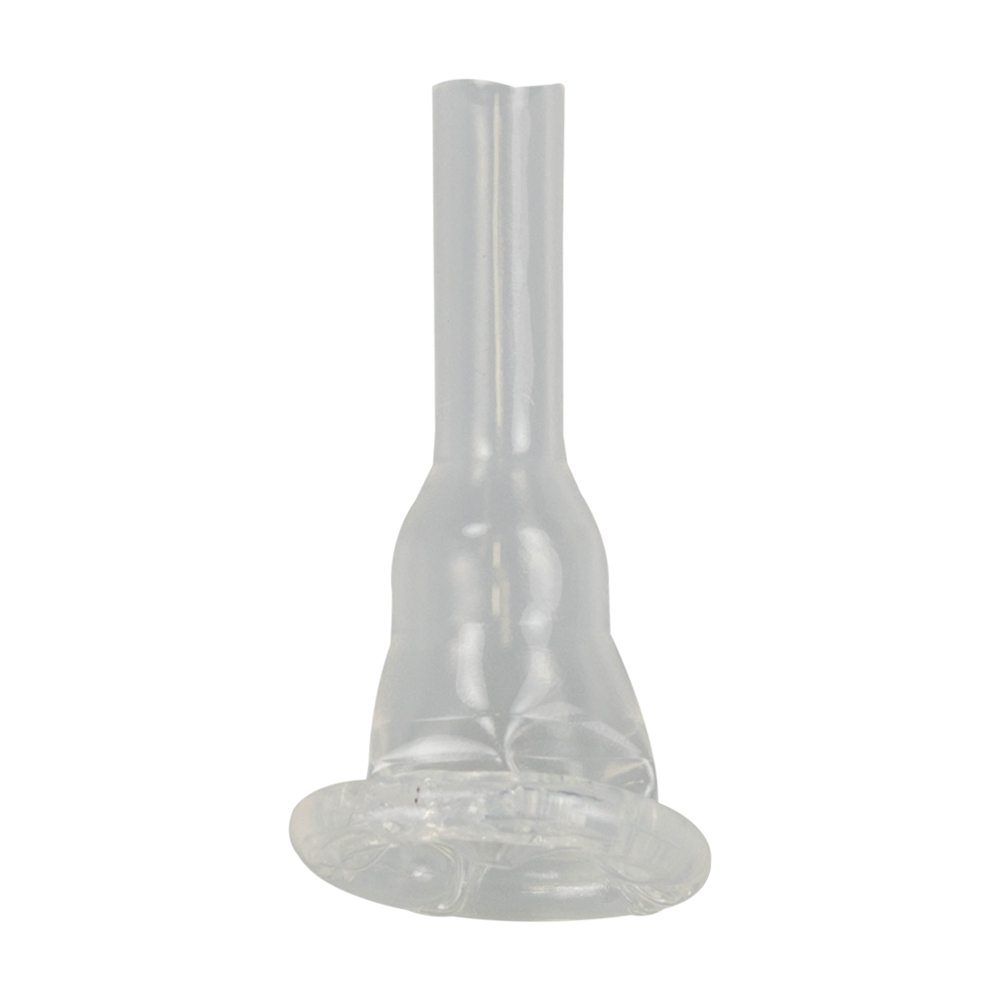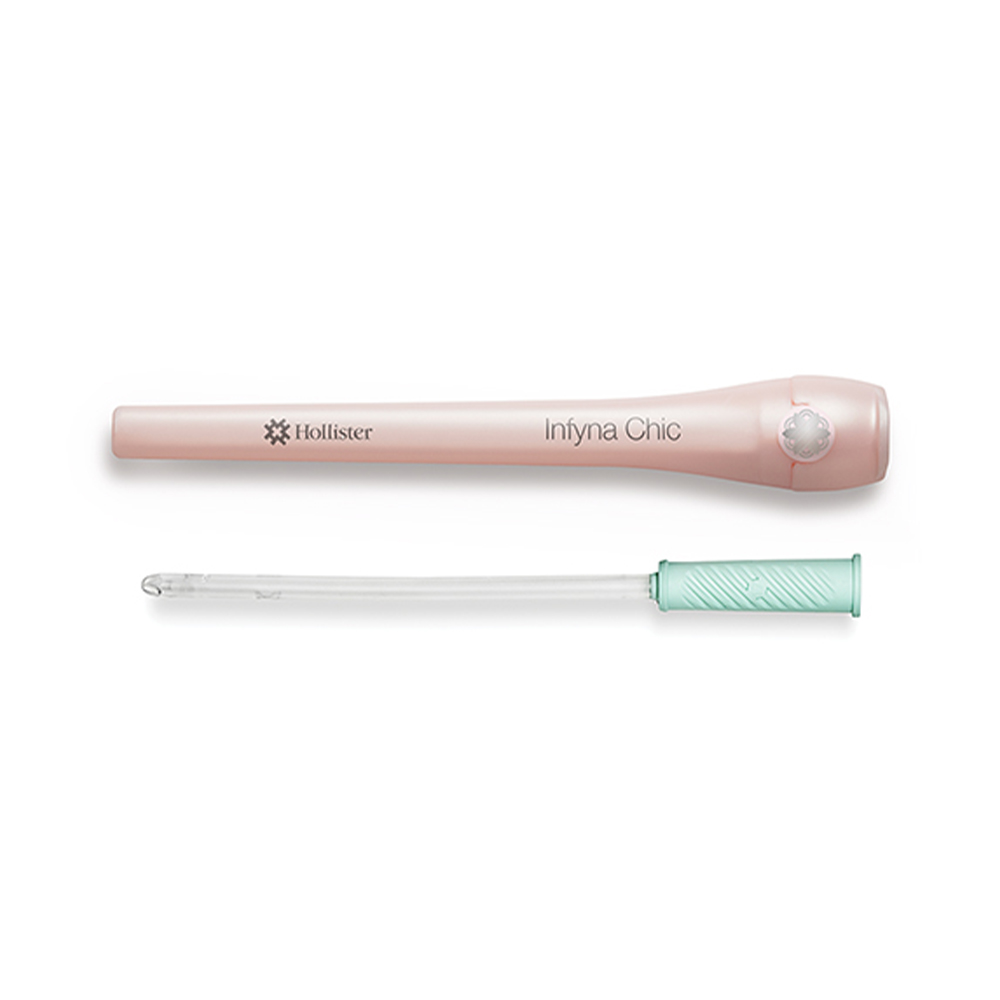
LoFric Origo Male 16″ Straight Tip Intermittent Catheter
![]()
LoFric® Origo™ is designed to provide safe, hygienic and convenient catheterization. Is is foldable

A catheter-associated urinary tract infection, or CAUTI, happens when bacteria enter the urinary tract through a urinary catheter, leading to an infection. The risk for CAUTI increases with long-term catheter use, especially in healthcare settings.
These infections typically start when bacteria from the rectal area contaminate the urethra and move to the bladder, where they can form hard-to-remove biofilms. While CAUTIs pose a significant health risk, proper catheter care and preventive measures can reduce their occurrence.
CAUTIs can cause various symptoms that shouldn’t be ignored. Common signs include fever, chills, and cloudy or bloody urine. You might experience urinary symptoms like a burning sensation during urination, needing to urinate more often, or lower abdominal pain. General discomfort, such as unusual fatigue or confusion (especially in older adults), can also occur.
If you notice any of these symptoms, seek medical help right away. Prompt attention can prevent more serious complications. Remember, being aware of these signs is key to maintaining your health when using a catheter.
If you notice any of these symptoms mentioned above, your healthcare provider will likely run some tests. They’ll check your urine for higher-than-normal levels of bacteria to confirm if it’s indeed a UTI. It’s worth noting that sometimes, UTIs can occur without obvious symptoms. Your doctor might still classify these as catheter-related UTIs if they find significant bacteria in your urine during routine checks.
If you’re dealing with a urinary tract infection (UTI) related to your catheter use, it’s important to know that this is a common experience for many people. In fact, these infections are one of the most common forms of healthcare related infections. The Centers for Disease Control and Prevention (CDC) has found that CAUTIs make up a significant portion of infections that people acquire during hospital stays. This doesn’t mean they’re inevitable, but it does highlight how others are facing similar challenges.
Urinary tract infections related to catheters can happen when tiny bacteria find their way into your urinary system through the catheter tube. This might occur when the catheter is first put in place or during the time it stays in your body. It’s natural to wonder why these infections happen. It’s usually due to simple things like not washing hands properly before handling the catheter, using equipment that isn’t completely clean, or keeping the catheter in place longer than necessary.
We know that dealing with a catheter can be challenging, but understanding these risks can help you take steps to protect your health. Remember, your healthcare team is here to support you and answer any questions you might have about preventing infections.
Preventing CAUTIs is crucial in healthcare settings. Here are key strategies to reduce the risk:
For a more detailed look, you can refer to the CDC’s recommendations on catheter care and infection prevention.
Effective treatment of catheter-associated UTIs combines proper medication, careful catheter management, and consistent follow-up care. Here’s a breakdown of what that looks like:
Of course, consult with your doctor to determine the best course of action for your situation.

![]()
LoFric® Origo™ is designed to provide safe, hygienic and convenient catheterization. Is is foldable

The InView silicone male external catheter is the clear choice. Designed with comfort in mind, it comes in a range of styles and sizes to

The Infyna Chic catheter was designed with input from clinicians to help provide a high level of discretion for women who use catheters. It is

The Cure catheter insertion kit includes a nonstaining BZK wipe, one packet of lubricating jelly, one pair of ambidextrous gloves, a collection bag (with or

Urinary tract infections (UTIs) are a common problem among urology patients. They occur when outside

Urinary catheters are devices that help people urinate when they are unable to do so

This content has been supplied to Medical Monks by our friends at Coloplast. On average,
